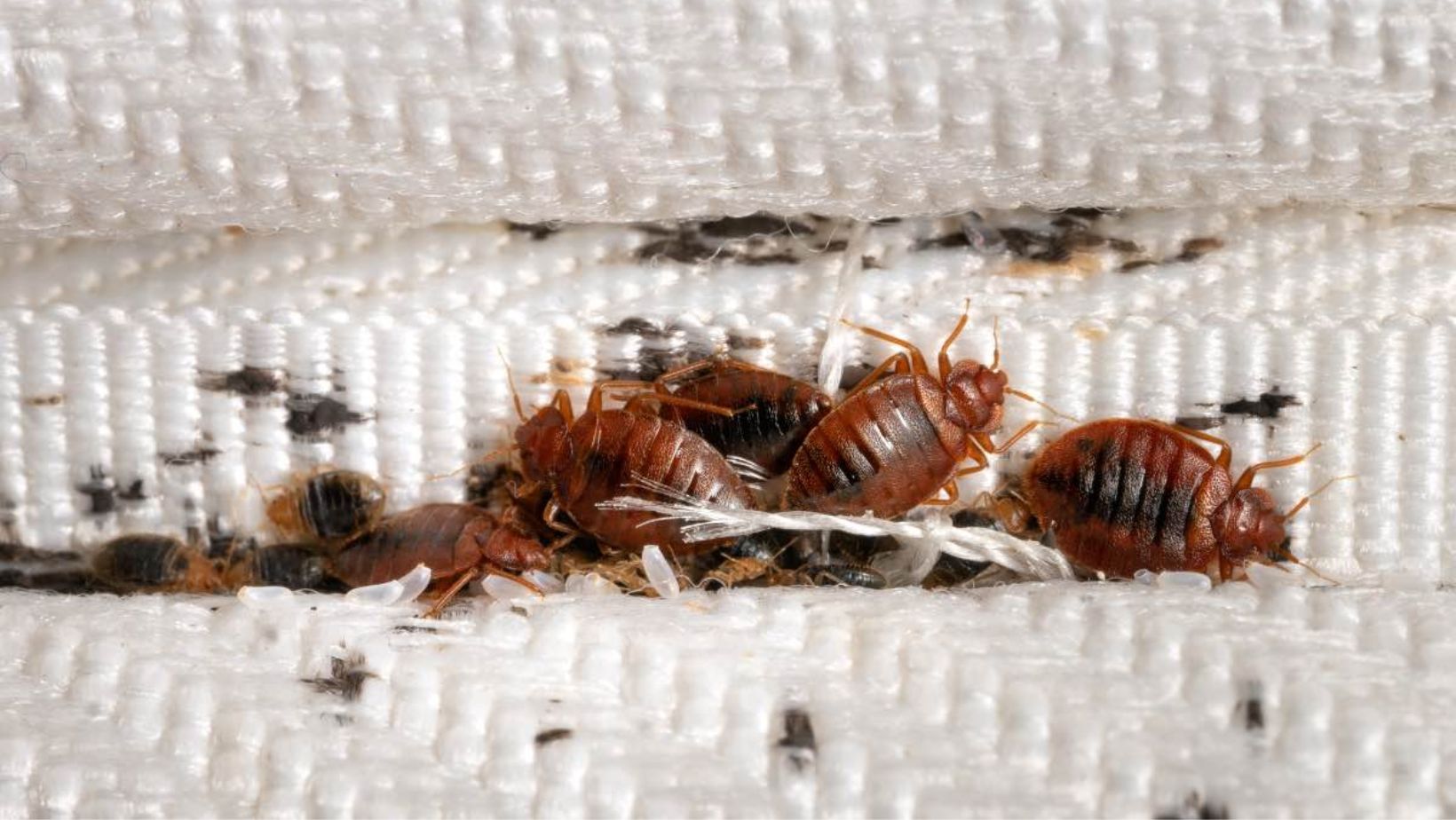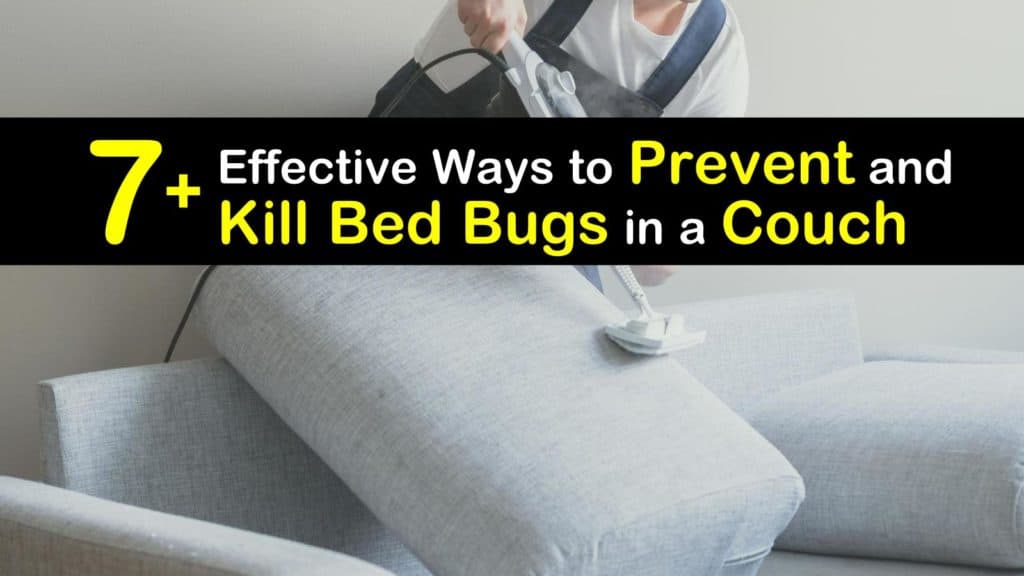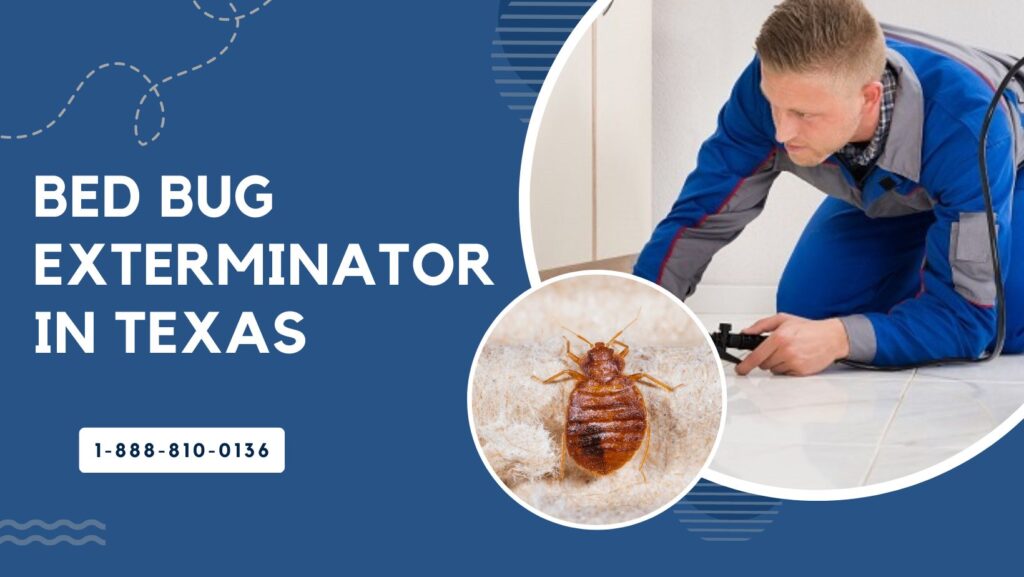Bed bugs are small, parasitic insects that feed on human blood. They are a common pest in homes and can be difficult to get rid of. This blog post will discuss the signs of a bed bug infestation. Learn DIY methods to get rid of bed bugs. Know when to call in professionals. Learn how to prevent bed bugs from coming back. We will also provide some more tips for dealing with bed bugs.
Identify The Signs of a Bed Bug Infestation
Bed bugs are small, parasitic insects that can infest your home and cause a variety of problems. They feed on human blood and can cause itchy, red welts on your skin. Bed bugs are also known to spread diseases, such as Chagas disease and tularemia.
There are many signs that you may have a bed bug infestation. One of the most common signs is the presence of small, dark brown or reddish-brown insects. They are in the folds of your mattress, box spring, or bed frame. You may also find bloodstains on your sheets or pillowcases. If you wake up with itchy, red welts on your skin that appear in a line or cluster, you may also have bed bugs.
Another sign of a bed bug infestation is a musty or sweet odor in your bedroom. Bed bugs produce the pheromones that cause this odor. You may also find cast skins or eggshells of bed bugs in the cracks and crevices of your furniture.
If you think you may have a Get Rid of Bed Bugs, it is important to act immediately. Bed bugs can be difficult to get rid of, but there are some things you can do to defeat them. In the next section, we will discuss some DIY methods for getting rid of bed bugs.
DIY Methods For Get Rid of Bed Bugs
If you suspect that you have a bed bug infestation, there are several things you can do to try to get rid of them yourself. Here are some DIY methods for getting rid of bed bugs:
- Wash all your bedding in hot water. This will kill any bed bugs that are living in your bedding. Be sure to dry your bedding on the highest heat setting possible.
- Vacuum your mattress, box spring, and bed frame . Be sure to vacuum all the cracks and crevices where bed bugs could be hiding. Empty the vacuum cleaner bag or canister immediately after vacuuming.
- Encase your mattress and box spring in a zippered mattress cover. This will prevent any bed bugs that are still alive from getting to you. Make sure to buy a mattress cover designed for bed bugs.
- Place traps under the legs of your bed. This will help to catch any bed bugs that are trying to climb up your bed. You can make your own traps using petroleum jelly or double-sided tape.
- Spray your bed frame and mattress with a bed bug insecticide. Be sure to follow the directions on the insecticide label .
- Repeat steps 1-5 as needed. It may take several weeks to get rid of a bed bug infestation. Be patient and persistent, and you will be successful.
When To Call in The Professionals
DIY methods for getting rid of bed bugs may not always be effective. In some cases, you may need to call a Professional Pest Control Company to remove a bed bug infestation. Pest control professionals have the experience and knowledge to identify the source of an infestation and develop a customized treatment plan to cut bed bugs. They also have access to professional-grade pesticides and equipment. These items are not available to the general public.
There are several indicators that suggest it is time to call in a professional for bed bug control. If you have tried DIY methods and the bed bugs are still present, it is best to seek professional help. Additionally, if you live in an apartment building or other multi-unit housing, it is important to involve a pest control company. Bed bugs can spread between units.
Professional pest control companies use a variety of methods to cut bed bugs, including chemical treatments, heat treatments, and fumigation. They will also provide you with advice on how to prevent bed bugs from coming back.
If you are experiencing a bed bug infestation, it is important to take action . Bed bugs can multiply . They become difficult to cut the longer they are present. By calling a professional pest Control , you can get rid of Bed Bugs and prevent them from coming back.
Preventing Bed Bugs From Coming Back
After you have gotten rid of them, it is essential to maintain a pest-free home. Here are some key steps you can take to prevent bed bugs from making a comeback:
inspect your home for signs of bed bugs. Pay close attention to areas where bed bugs are likely to hide. These include the folds of your mattress, box spring, and bed frame. You should also check for bloodstains on your sheets or pillowcases and look for small, dark brown or reddish-brown insects.
Encase your mattress and box spring in a zippered, bed bug-proof cover. This will create a physical barrier. It prevents bed bugs from accessing your Mattress and Couch on you. Make sure that the cover is sealed and that there are no tears or holes.
Wash all bedding in hot water and dry on high heat. This will kill any bed bugs or eggs that may be present on your bedding. Wash your bedding at least once a week, and more often if you have pets or small children.
Vacuum your home , paying special attention to areas where bed bugs are likely to hide, such as carpets, rugs, and furniture. Be sure to vacuum under beds, behind furniture, and in closets. Empty the vacuum cleaner bag or canister immediately after vacuuming.
Seal any cracks or crevices that bed bugs could use to enter your home. This includes cracks in walls, floors, and around windows and doors. You can use caulk or weather stripping to seal these areas.
By following these steps, you can help prevent bed bugs from coming back and keep your home pest-free.
Additional Tips For Dealing With Bed Bugs
Dealing with a bed bug infestation can be challenging, but there are more measures you can take to combat these pesky pests.
Vacuum your living space , paying particular attention to areas where bed bugs tend to hide, such as underneath beds, behind furniture, and within cracks and crevices. Make sure that upholstered furniture receives thorough vacuuming as well. Dispose of the vacuum cleaner bag or empty the canister after each cleaning session to prevent bed bugs from escaping.
Wash bedding, curtains, and other fabric items in hot water with a temperature of at least 120 degrees Fahrenheit. Later, dry them on the highest heat setting. If an item is not washable, place it in the dryer on high heat for at least 30 minutes. This process aims to remove any bed bugs or their eggs that may be present.
Invest in zippered, bed-bug-proof covers for your mattress and box spring. These encasements serve as barriers, preventing bed bugs from reaching you while you sleep. Additionally, they facilitate the detection of any bed bugs that may be hiding.
Consider using a dehumidifier to lower the humidity levels in your home. Bed bugs thrive in humid environments. Reducing humidity can make your living space less conducive to their survival.
Exercise caution when introducing used furniture or other items into your home. Bed bugs can latch onto and travel with these items. Before bringing anything used into your living space, inspect it for signs of bed bugs. If you have any doubts about the presence of bed bugs, consult a pest control professional for an inspection.
By following these tips, you can cross out bed bugs and cut the likelihood of their return, providing a peaceful and pest-free living environment.



